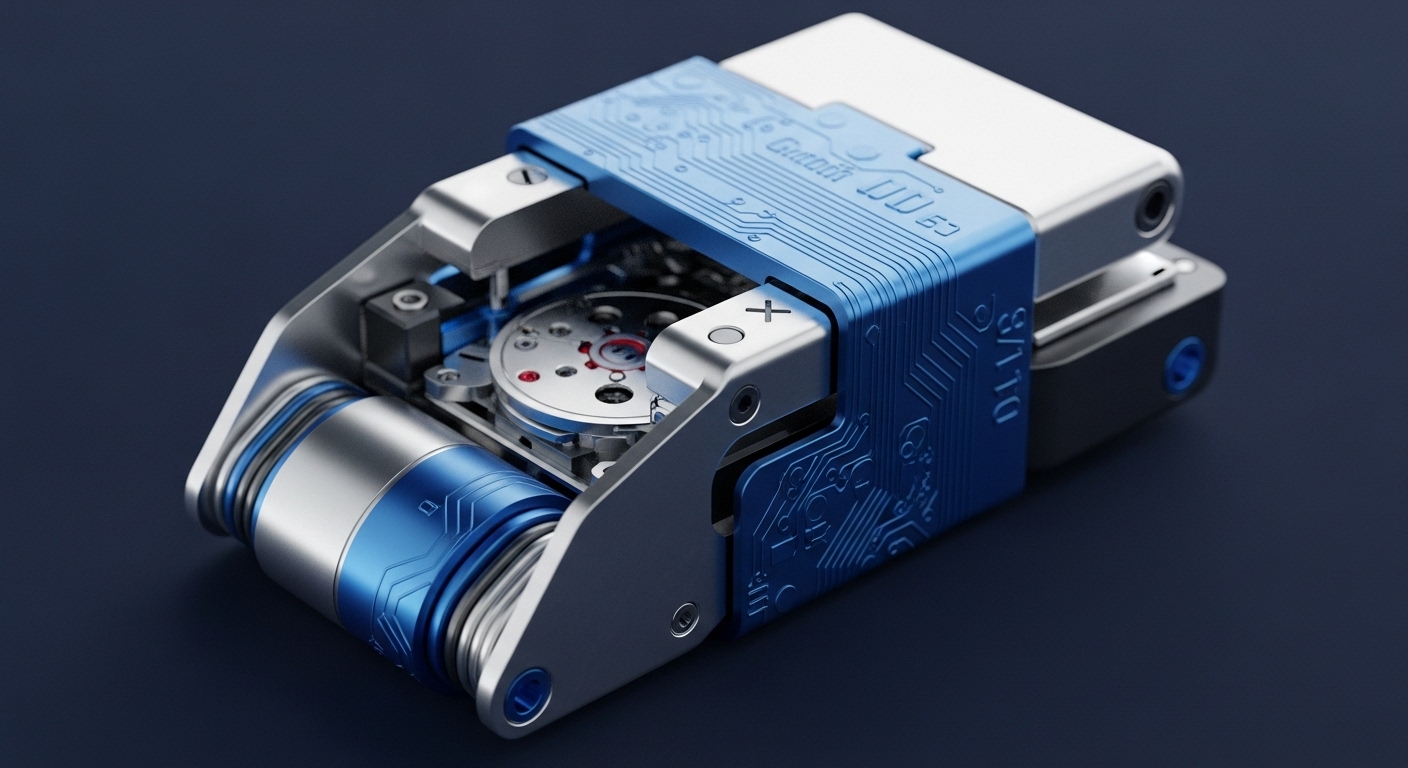
Briefing
This paper addresses critical limitations within the emerging Agent2Agent (A2A) communication protocol, specifically concerning decentralized agent discoverability and agent-to-agent micropayments. The foundational breakthrough is a novel architecture integrating distributed ledger technology (DLT) to enable tamper-proof, on-chain publishing of AgentCards as smart contracts, thereby providing secure and verifiable agent identities. Additionally, the architecture extends A2A with the x402 open standard, facilitating blockchain-agnostic, HTTP-based micropayments. This new theory’s most important implication is the groundwork it lays for secure, scalable, and economically viable multi-agent ecosystems, advancing agentic AI toward trusted, autonomous economic interactions.

Context
Prior to this research, the burgeoning Agent2Agent (A2A) communication protocol faced significant theoretical and practical limitations, primarily in establishing decentralized agent discoverability and facilitating seamless agent-to-agent micropayments. The absence of a robust, tamper-proof mechanism for identity verification and a standardized, blockchain-agnostic payment method hindered the development of truly autonomous and economically viable multi-agent systems, limiting their potential for trusted interactions across organizational boundaries.

Analysis
The core mechanism proposed is a novel architecture that integrates Distributed Ledger Technology (DLT) with the Agent2Agent (A2A) protocol. The paper introduces “AgentCards,” which are published as smart contracts on a DLT, serving as secure and verifiable agent identities. This DLT integration ensures tamper-proof identity management and decentralized discoverability for AI agents.
Furthermore, the architecture incorporates the x402 open standard, which enables blockchain-agnostic, HTTP-based micropayments. This fundamentally differs from previous approaches by providing a unified, secure, and verifiable framework for both identity and payment within multi-agent economies, moving beyond siloed or centralized solutions.

Parameters
- Core Concept ∞ Ledger-Anchored Identities
- New System/Protocol ∞ Enhanced A2A Protocol
- Key Mechanism ∞ DLT-based AgentCards
- Payment Standard ∞ x402 Micropayments
- Key Authors ∞ Awid Vaziry, Sandro Rodriguez Garzon, Axel Küpper

Outlook
This research opens new avenues for the development of secure, scalable, and economically viable multi-agent ecosystems. The immediate next steps involve further real-world implementation and rigorous testing of the DLT-based agent discovery and x402 micropayment mechanisms. In the next 3-5 years, this theory could unlock widespread adoption of autonomous AI agents in various industries, enabling complex, trusted economic interactions and fostering truly decentralized AI-driven services. Future research will likely focus on optimizing the DLT integration for different blockchain environments and exploring advanced governance models for these emerging agent economies.

Verdict
This research decisively establishes a foundational architectural paradigm for secure, autonomous multi-agent economies, critically enabling trusted AI interactions through ledger-anchored identities and standardized micropayments.
Signal Acquired from ∞ arxiv.org
